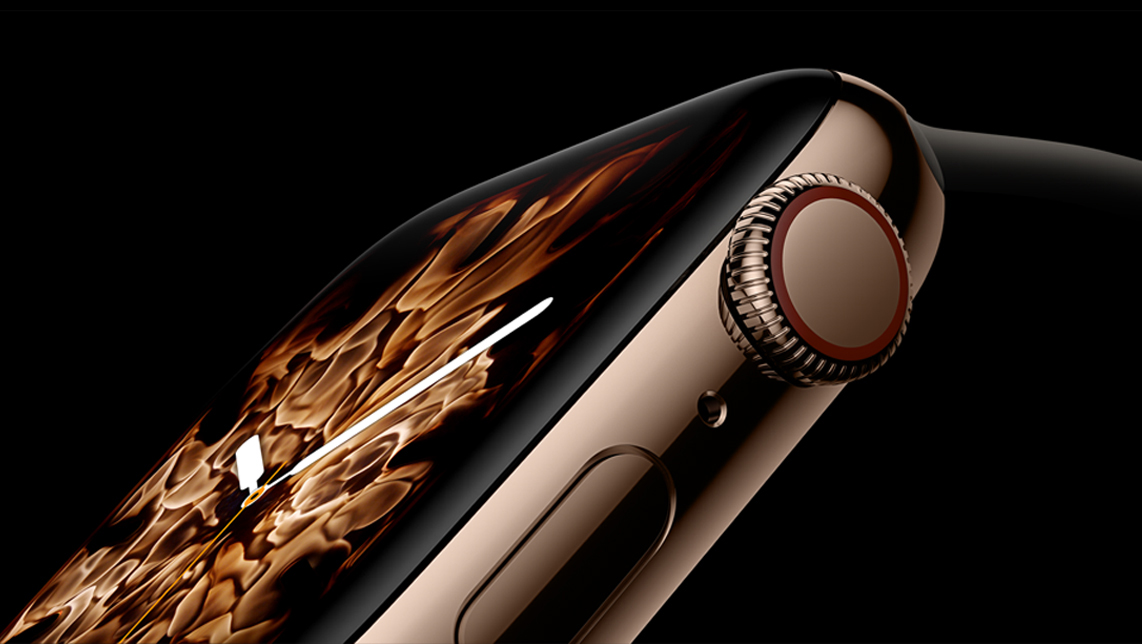Apple has announced iPhone Xs and iPhone Xs Max, the most advanced iPhones ever, during their signature keynote event on September 12, 2018.
The 5.8-inch iPhone Xs and 6.5-inch iPhone Xs Max build on the all-screen design of iPhone X and feature the highest pixel density of any Apple device, as well as a faster and improved dual camera system.
The Super Retina displays with a custom OLED design support Dolby Vision and HDR10 and feature iOS system-wide colour management. They also boast of showing 60 percent greater dynamic range in HDR photos.
iPhone Xs Max delivers a more immersive experience with over 3 million pixels for videos, movies and games, offering the largest display ever in an iPhone in a footprint similar to iPhone 8 Plus. Dual SIM is also introduced to iPhone for the first time.
Apple Watch Series 4 was also unveiled, with features redesigned and re-engineered to help users manage their health in engaging new ways.
While retaining the original iconic design, the fourth-generation Apple Watch now has a larger display integrated into a thinner, smaller case. The user interface has been optimised for the larger display, allowing for app icons and fonts that are bigger and easier to read.
The new Series 4 enables customers to take an Electrocardiogram (ECG) reading right from the wrist using the new ECG app. Users simply have to touch the Digital Crown and after 30 seconds, receive a heart rhythm classification on the app. It can classify if the heart is beating in a normal pattern or whether there are signs of Atrial Fibrillation (AFib), a heart condition that could lead to major health complications.
All recordings, their associated classifications and any noted symptoms are stored in the Health app in a PDF that can be shared with physicians.
With watchOS 5, Apple Watch intermittently analyses heart rhythms in the background and sends a notification if an irregular heart rhythm suggestive of AFib is detected. It can also alert the user if the heart rate exceeds or falls below a specified threshold.




